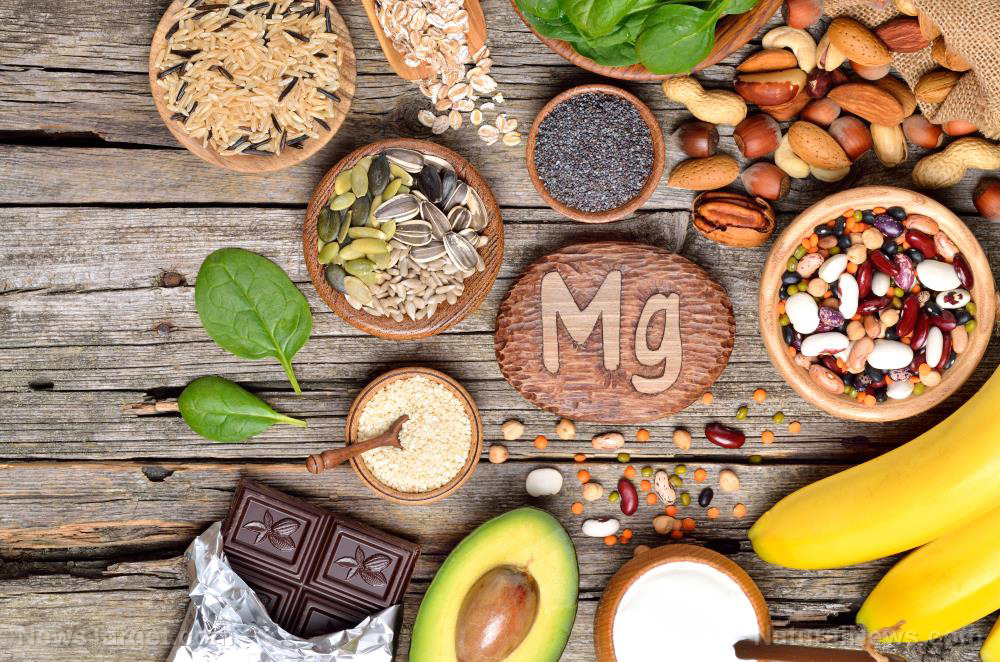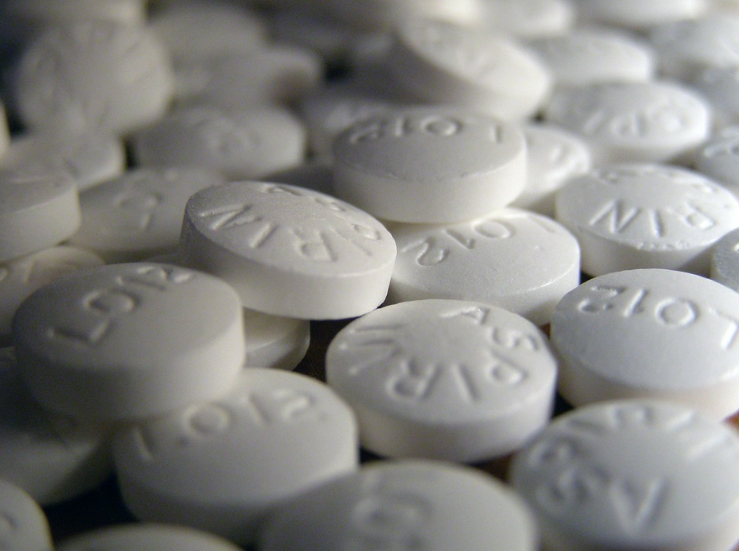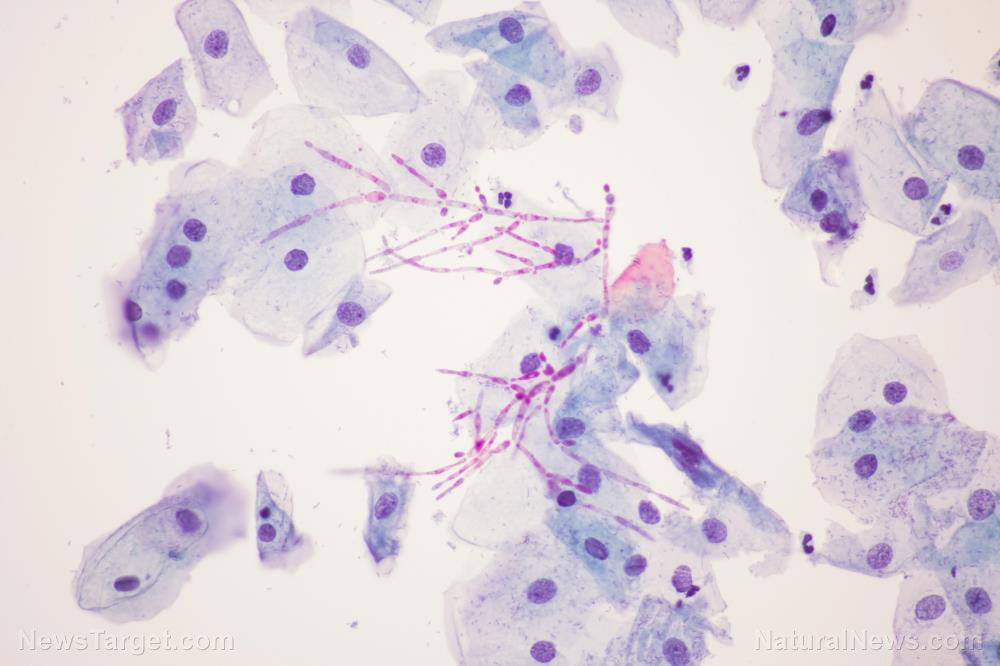Make your own calendula extract: Step by step instructions for this multipurpose medicine
01/27/2018 / By Zoey Sky

Don’t get preppers wrong. They’re not just prepared for when SHTF, they also know how to stop and smell the flowers… while also considering their medical properties. For example, calendula, or the marigold, has a lot of herbal uses. (h/t to BioPrepper.com.)
Calendula has antibacterial and anti-inflammatory properties. You can also roll a ball of calendula petals between your fingers, which can be applied directly to an insect bite or nettle sting. This will help numb any pain that you’re feeling. (Related: Calendula can reduce inflammation, heal the skin and help protect the heart.)
Making the calendula extract
To make the extract, you will need some dried calendula petals. Dry them in the sun or in a warm and airy place to maximize the medicinal properties of the versatile flower. The calendula extract can be stored for a long time, and is a worthy addition to any herbal medicine cabinet.
Ingredients:
- At least 50 grams (g) of dried calendula petals
- Enough grain alcohol to cover the petals (at least 500 to 700 ml)
Steps:
- Pack the calendula into a clean container. Make sure the petals aren’t too tightly packed, then pour the alcohol over it. Stir the mixture gently and keep it out of direct sunlight for two weeks.
- Gently mix and press the petals every two to three days. Let it infuse.
- Strain the liquid into a wide and clean dish using a muslin cloth. Squeeze the petals tightly to extract as much of the calendula essence as possible.
- Cover the dish full of oil with a piece of cloth or some foil. Make sure that the cloth/foil isn’t touching the liquid in the dish.
- Let the alcohol evaporate. The evaporation rate of the alcohol will vary depending on the temperature and humidity, but it might take at least one to two weeks.
- Check the oil constantly. You can then strain and bottle the tincture, but only when the extract is still liquid. This will be harder to do once it becomes viscous.
- For a stickier resinous extract, wait until all of the alcohol has evaporated. The “glossy residue” left behind can then be spooned into a small jar.
GLYPHOSATE testing is now being applied to all Health Ranger Store branded products. Our in-house lab uses LC-MS-MS (triple quad mass spec). See the full lab science tour video and announcement here. Shop for ultra-clean, lab-tested superfoods, personal care products and more at the Health Ranger Store, the world's most trusted source for clean foods and lab-verified nutritional solutions.
The calendula extract and the stickier extract will both last for at least two to three years as long as they are kept in brown or green glass or opaque jars. Store the extract away from direct sunlight.
The calendula extract can be used to “treat ear infections, low fever, or other ailments.” Simply dilute drops of the tincture in some water.
You can also dab the resin directly on minor wounds for pain relief and to facilitate healing. The extract can also be used as a tincture, an immune system booster, and to support healthy liver function.
Always consult a healthcare professional before you take or administer any herbal medicines or treatments.
Benefits of calendula tea
Calendula can also be used to make an herbal tea that has many uses.
One way to make calendula tea is by filling a heat-proof jar with fresh flowers. Pour simmering hot water over the flowers, then cover it. Let the mixture infuse until the tea is cool enough to drink.
Here are other uses for calendula tea:
- A gargle for sore throat.
- A mouth rinse to soothe blisters, inflamed gums, or thrush.
- An eye rinse for itchy eyes caused by allergies, dryness, and viral pink-eye. Strain the tea with a coffee filter before using the liquid to rinse your eyes.
- The tea can be used as a facial wash for skin “prone to acne and breakouts.”
- As a foot bath to treat fungal conditions like athlete’s foot.
- A hair rinse (after shampooing) to ease itchy an scalp.
- As a spray for disinfecting wounds (transfer into a small spray bottle).
You can read more articles about other medicinal herbs and natural cures at Herbs.news.
Sources include:
Tagged Under: antibacterial, botanical medicine, Calendula, calendula extract, calendula tincture, herbal medicine, Herbs, marigold, medicinal herbs, natural remedies, prepper, prepping, traditional remedies




















